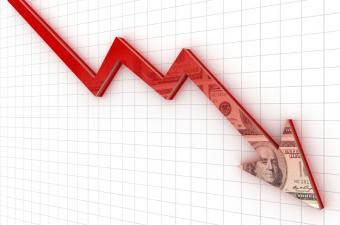The amount of convergence capital being provided to reinsurers globally has fallen for the first time in 10 years, according to S&P Global Ratings, reflecting more than two years of negative returns and trapped collateral from natural catastrophes.
 Despite these challenges, analysts believe capital will continue to flow into the market, particularly to insurance-linked securities (ILS) funds with strong underwriting, track records of successful capital deployment, and transparent reporting.
Despite these challenges, analysts believe capital will continue to flow into the market, particularly to insurance-linked securities (ILS) funds with strong underwriting, track records of successful capital deployment, and transparent reporting.
Convergence capital, which refers to funds from non-traditional third-party sources, will, however, continue to play an important role in the competitive dynamics of the reinsurance market, according to S&P.
The rating agency also expects traditional reinsurers to continue to factor third-party capital into their strategies to help them respond to the ongoing challenges of the competitive market.
Fund performance varied considerably over the last 12 months, S&P noted, as those with more positive returns have continued to see inflows, while others have had redemptions.
Data from Aon shows that total assets under management in the alternative capital sector fell by 4% to $93 billion at the end of the first quarter of 2019, compared with year-end 2018.
Despite a benign year for insured losses so far in 2019, investors have been more cautious about entering the market or reloading, mainly due to further loss creep and mark-to-market cat bond losses caused by higher prices for new issuance.
According to Aon’s estimates, around $15 billion of collateral also remains trapped in contracts affected by recent catastrophe losses and could take another two years to settle, putting continued downward pressure on investors’ returns.
S&P pointed to several losses that continue to develop adversely even in 2019, such as Typhoon Jebi, which increased from from an initial estimate of $3 billion-$7 billion to currently about $15 billion.
The April 1 Japanese renewals were fairly subdued given the magnitude of losses and the associated loss creep, with reinsurance prices increasing by just 15-20% on average.
However, analysts observed that new capital has still continued to enter the market, albeit at a slower rate, with new commitments attempting to seek returns from the most favourable ILS fund managers.
S&P expects ongoing enhancements in models and adjustments in contract language to encourage further growth once recent losses have been fully settled.
The firm reasoned that many third-party investors have made good returns over the long-term, and so the incentives to invest in insurance risk and achieve portfolio diversification should remain valid despite recent market challenges.


